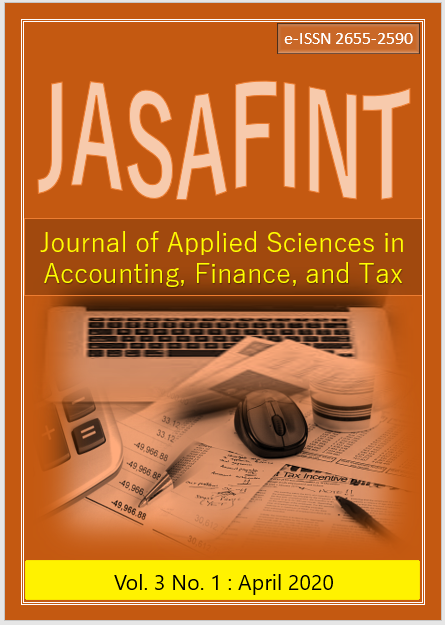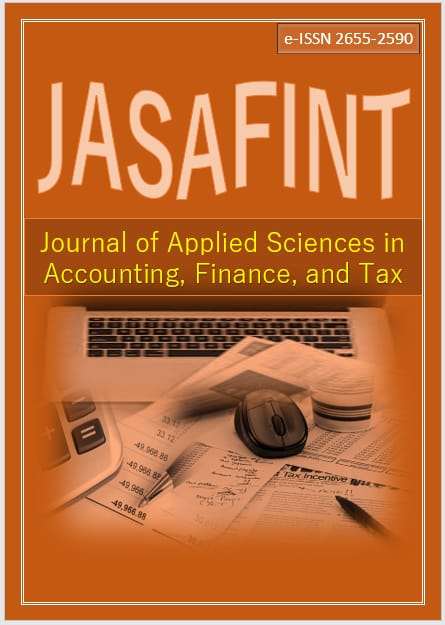Management Audit As an Evaluation Tool of Hotel Room Revenue Performance
Abstract
The biggest revenue of a hotel comes from room sales, which is 52,4%. Therefore, room revenue is the most important aspect to consider. This study focuses on hotel room revenue performance at Fairmont Sanur Beach Bali. Hotel room revenue performance is assessed from the achievement of the realization of hotel room revenue budget. The existence of unfavorable differences between budget and realization of the hotel room revenue indicated by hotel room revenue is not performing well therefore it is necessary to identify the cause of the differences. This study aims to evaluate and to find out the cause why hotel room revenue in Fairmont Sanur Beach Bali does not perform well. Research method used is descriptive analysis techniques, namely through the stages of management audit. The data used in this study are qualitative and quantitative data, obtained through interviews and documentations. The result shows that the cause of hotel room revenue does not perform well is the occupancy rate that did not reach the target as a result of a decrease in the number of guests on the market segment who comes to Bali. Moreover, the promotion program of Fairmont Sanur Beach Bali has not been able to capture the market, so though there was an increase in the number of guests, the occupancy rate did not increase. Based on these findings, recommendations are then given to improve hotel room revenue performance in the future.








